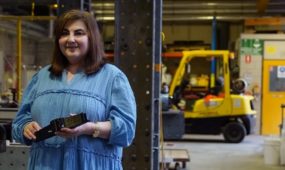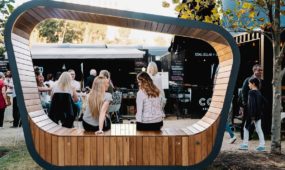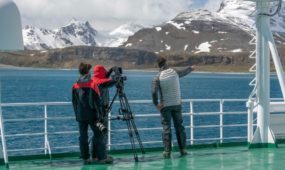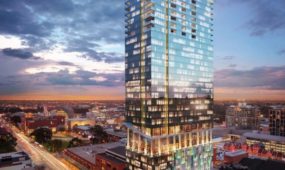Technicolor’s new Australian studio in full flight
Innovation
Global movie company Technicolor’s new post production studio in Adelaide – its first in the Southern Hemisphere – is up and running.

Sign up to receive notifications about new stories in this category.
Thank you for subscribing to story notifications.
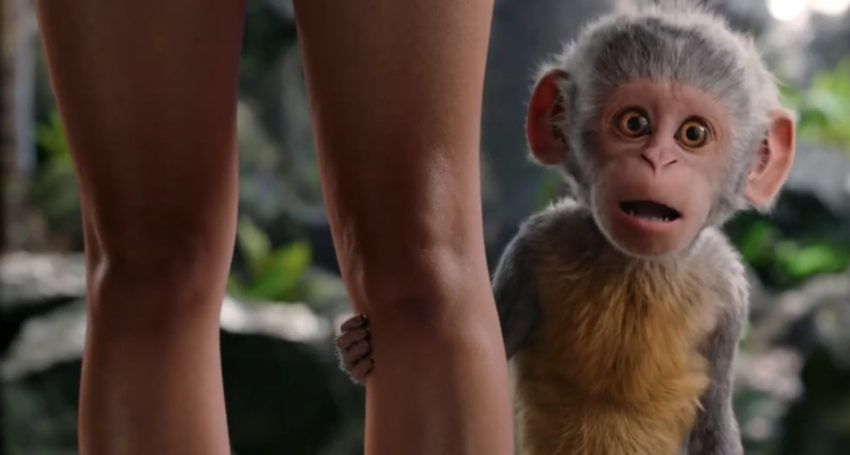
Operating under the Mill Film banner, the South Australian VFX studio has already attracted 300 creatives, well on its way to the goal of employing 500 people within five years.
The new VFX studio joins a growing number of post-production companies in Adelaide, helping the South Australian capital emerge as a screen industry hub.
Others include Kojo, which worked on projects such as Top End Wedding and Hotel Mumbai, and Rising Sun Pictures, the visual effects producer behind many of the X-Men films.
E. Bennet Walsh’s upcoming Mortal Kombat film will also be shot in South Australia and is set to become the state’s largest ever film production.
Technicolor announced it would build a $26 million, 3000sq m visual effects studio in the South Australian capital of Adelaide in February 2018. It had been operating out of a temporary studio in October 2018 and fully transitioned into its new space in June
Mill Film Adelaide Managing Director Mark Thorley said he expected to reach the goal of 500 creatives in Adelaide much faster than the five-year timeframe originally forecast.
“It’s been a long time since there’s been some new investment into the visual effects market in Australia so people are seeing it as an opportunity to join something new and exciting,” he said.
The decision to locate the studio in South Australia followed a $6 million grant from the State Government’s Economic Investment Fund, which expects the project to have an economic benefit of more than $250 million over a decade.
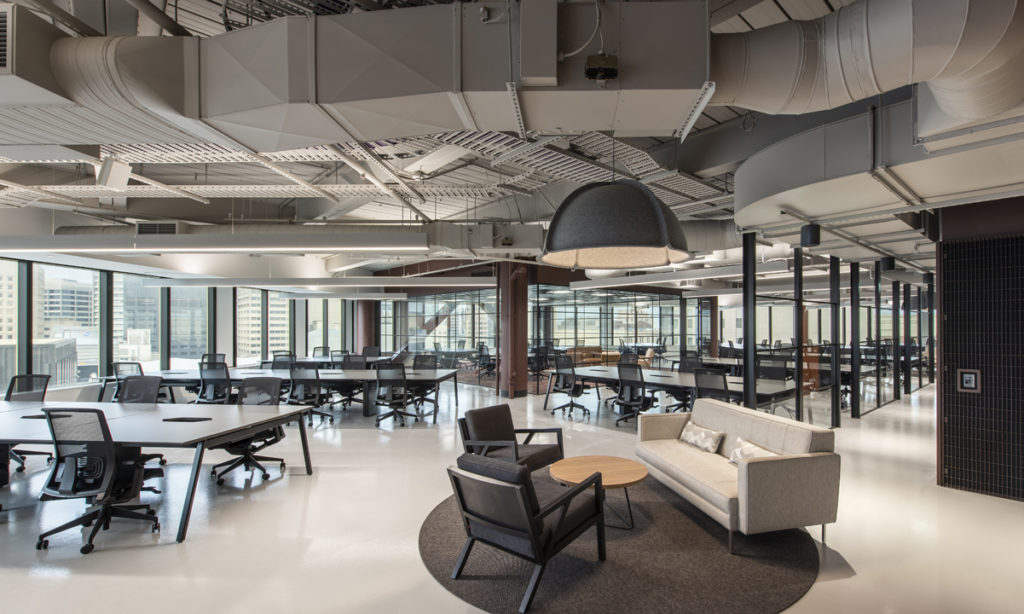
Picture: David Sievers Photography.
The South Australian Government also offers a 10 per cent rebate for post-production, digital and visual effects work, designed to attract international film business. This is on top of a similar federal measure, set at 30 per cent of growth expenditure.
Thorley said the decision to move Mill Film into Adelaide was also aided by access to talent.
“Australia has had a rich history of good visual effects and talent and I think over a number of years many Australians have gone offshore to continue their careers in visual effects, so this was a great opportunity to bring those Australians back home,” he said.
“We’re about 55 per cent Australian and we’re doing a lot of work in training local Australians.
“We run the Technicolor Academy here in Adelaide, which really focuses on animation, lighting and environment work.
“We look for young talent who have had some experience, whether that be from an educational institution or just naturally talented individuals.”
Technicolor Academy is a fully paid intensive program, which aims to improve artists’ skills in lighting, effects, compositing, animation, 3D environments and assets.
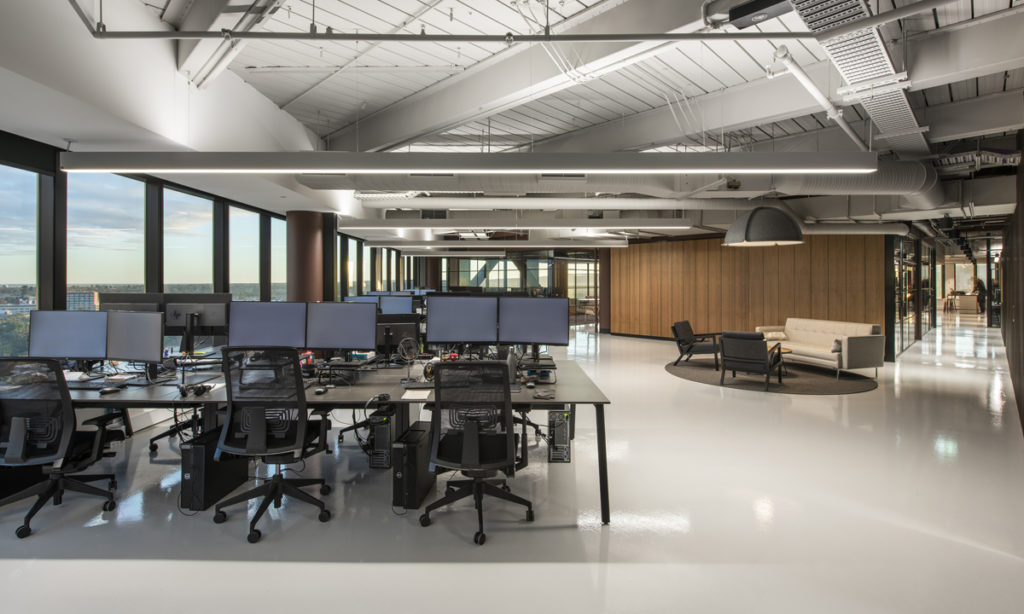
Located in the Adelaide CBD, the Mill Film studio has been fitted out over three floors of open-plan artist spaces and production offices. These areas also include six “view rooms” used to review work, a 40-seat theatre with 4K projection, three kitchens and a large deck overlooking several Adelaide landmarks including Parliament House, the Governor’s residence and Adelaide Oval.
Developed by South Australian design collective Studio Nine Architects, Thorley said the fit-out took about five months to complete.
“We had the first team move in maybe eight weeks ago. But we’ve been totally under this roof for about five weeks so we’re still kind of settling in. It’s an incredible space,” Thorley said.
While the Adelaide studio is Mill Film’s only Southern Hemisphere location, the company has studios in Montreal, Los Angeles and a partnership with Technicolor Bangalore.
Thorley, pictured below, said it was important to be able to collaborate on projects that required size and scale with quick turn-around.
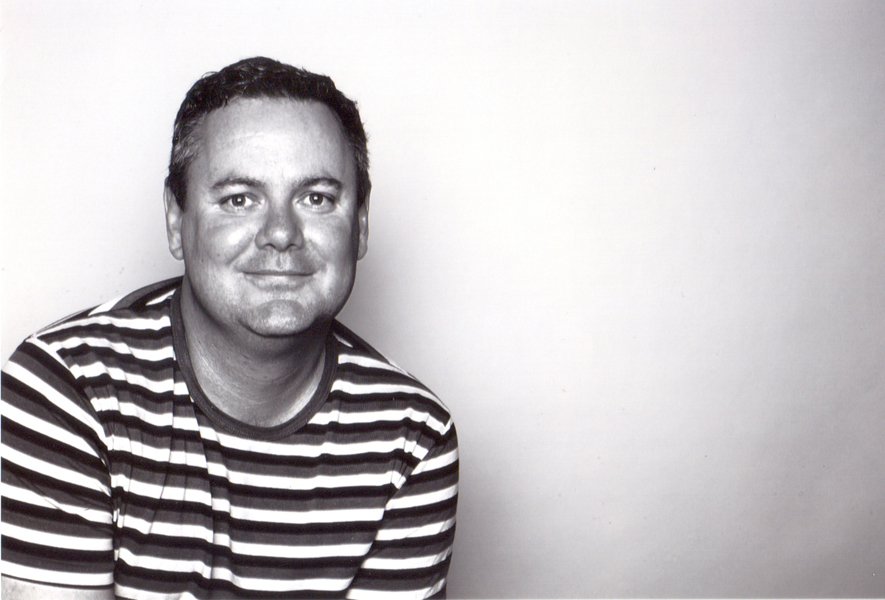
PictMill Film Adelaide managing director Mark Thorley has had a 25 year career in digital effects and has worked on many feature films including Kong: Skull Island, Rogue One and Avengers: Age of Ultron. Picture: David Sievers Photography.
“I think visual effects companies have become very adept at working globally,” he said.
“I think the industry is changing a little bit and it’s all about globalisation and scale.”
Thorley said the Adelaide studio recently worked with Technicolor partner MPC in London to deliver its first significant milestone – 443 shots for the Dora the Explorer film Dora and the Lost City of Gold, which has its global premiere this week.
“You’ll see some great character animation in there and really slapstick humour, something that supports Dora in her journey and brings laughs to the screen,” he said.
“We have a fairly standard visual effects tool set here: animating in Maya, lighting in Katana, rendering in PR man (Pixar’s RenderMan) – so nothing out of the ordinary.
“The technology was used to make the performance nuanced and subtle and provide the audience with moments of laughter, that was the goal for our animators and they really rose to that challenge.”
The new studio is also working on films for Paramount, Universal and Amblin.
Jump to next article
